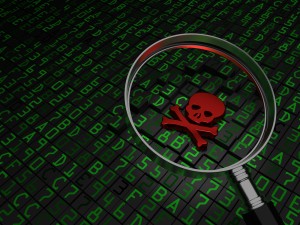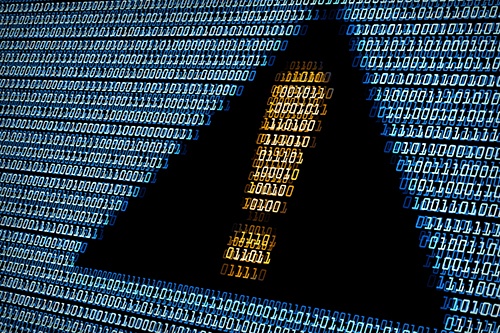The malware inserted into CCleaner, a popular system utility downloaded by at least 2.3 million users, is far more serious than originally thought, specifically targeting the makers of networking equipment and enterprise software, according to evidence uncovered by investigators and published on Sept. 20.
While Avast—the security firm that acquired CCleaner with its purchase of developer Piriform in July—argued earlier that the shutdown of the malware’s command-and-control (C&C) server and the defensive registration of 11 backup domains had blocked the malware from installing itself on victims’ systems, an analysis of the files on the C&C server has revealed that the malware infected 700,000 systems in four days and explicitly targeted at least 20 companies with additional malware.
The attackers had targeted Samsung, Sony, VMware, Cisco, Linksys, Akamai and DLink, among other companies, according to a Sept. 20 analysis by the Talos research group at networking giant Cisco, which analyzed files that the company had received from an “intelligence partner.”
“For those 20 very specific networks, they would push down another specific piece of malware,” Craig Williams, senior technical leader at Cisco, told eWEEK. “At a really high level, this is a Russian nesting doll of malware. This is why we told people to recover their system from backup.”
Williams stressed that just because a company is targeted with the malware, that does not mean that it was infected. For example, Cisco has not found current infections on any of its business systems, he said. CCleaner is not an approved program for use on Cisco’s corporate systems, which would make installing the program difficult.
Avast, the security company that inherited the security breach when it purchased Piriform, confirmed much of Cisco’s analysis. The compromised CCleaner software installed itself on at least 20 systems within eight targeted companies in the final few days of the incident, downloading a second piece of malware to those systems, according to Avast’s analysis of the C&C server logs. It would be safe to assume that hundreds of computers have been attacked with the second-stage malware, Vince Steckler, CEO of Avast, told eWEEK.
“At the time the server was taken down, the attack was targeting select large technology and telecommunication companies in Japan, Taiwan, UK, Germany and the US,” Avast stated in the analysis. “Given that CCleaner is a consumer-oriented product, this was a typical watering hole attack where the vast majority of users were uninteresting for the attacker, but select ones were.”
The original breach happened as late as July 4, but perhaps earlier, Steckler told eWEEK. The attackers then modified the latest version of CCleaner in development. The compromised version of CCleaner was distributed between Aug. 15 and Sept. 15. The attackers deleted files on the server on Sept. 11, so investigators only have a three-day window of activity to analyze.
Avast and Cisco both continue to investigate and plan to release more information on the attack.“We have quarantined the whole CCleaner development environment,” Avast’s Steckler told eWEEK. “We brought every piece into our own labs, and we are analyzing it. There is progress, but there is not an answer yet.”
The group behind the attack is still not known. Some attributes of the code resemble previous attacks by Group 72, an intelligence operations group in China. In addition, a configuration file specifies the time zone as the People’s Republic of China. However, both links could have been planted to throw off investigators, Steckler said.
Source : eweek.com
